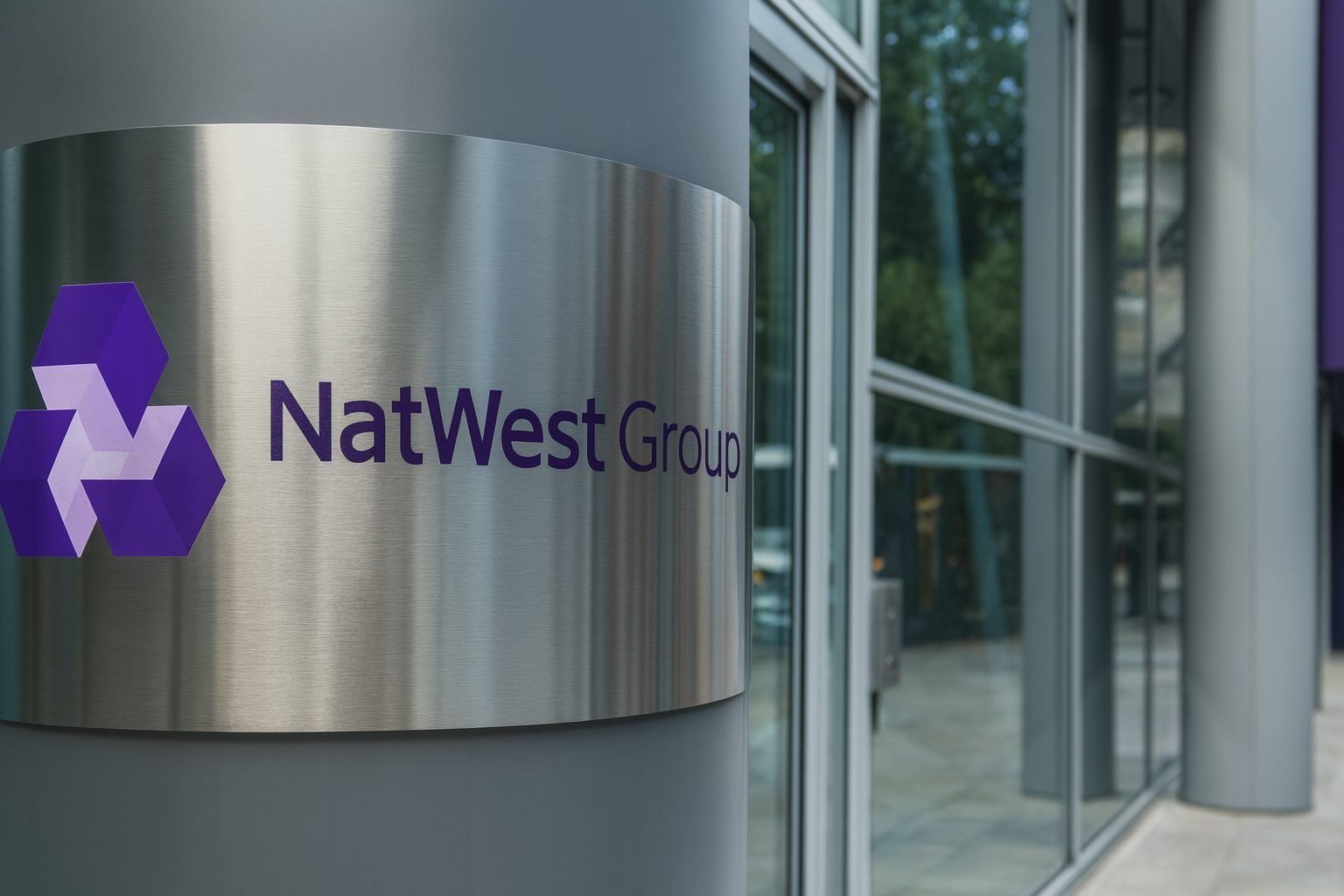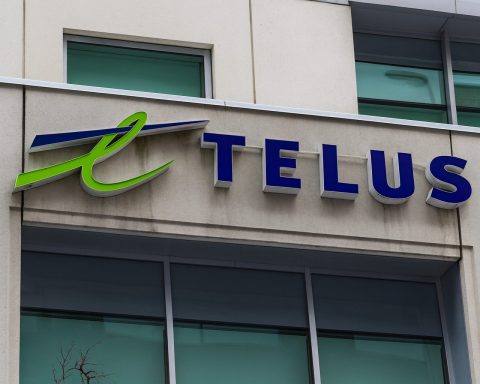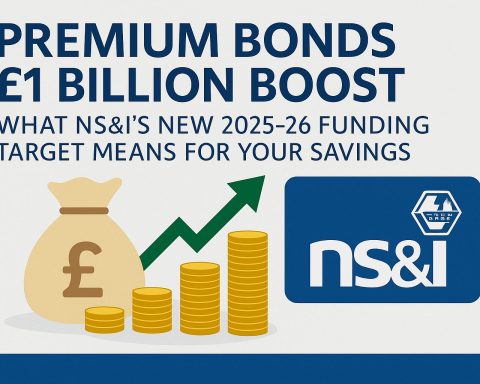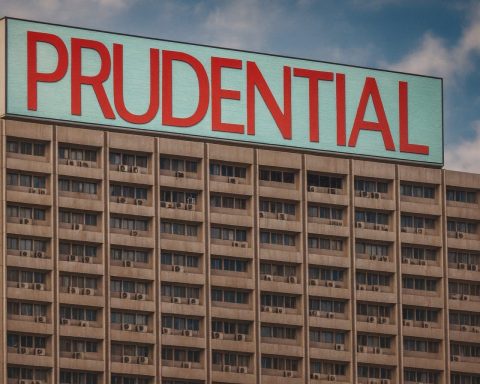NatWest Group Plc’s share price barely moved on Friday, 28 November 2025, but the quiet finish comes at the end of a very loud week. London‑listed shares closed around 632p, down just 0.06% on the day, keeping the stock a whisker below a new 52‑week high after a powerful rally driven by the UK Autumn Budget, aggressive share buybacks and still‑strong earnings momentum. [1]
Over the last week, the NatWest Group Plc stock price has jumped from about 579p (21 November) to 632p today – a gain of roughly 9% – as investors digested upgraded 2025 guidance, a full return to private ownership and the welcome news that the Labour government has again stepped back from a new tax raid on UK banks. [2]
Below is a rundown of how NatWest shares are trading today, the key news items landing on 28 November 2025, and what they mean for investors watching NWG on the London Stock Exchange and its NYSE‑listed ADR.
NatWest Group share price today: key numbers
On the London Stock Exchange (ticker: NWG), NatWest shares ended Friday’s session with only a fractional move but still look technically strong after the post‑Budget surge. [3]
As of the close on 28 November 2025:
- Closing price: ~632.0p
- Daily move: about ‑0.4p (‑0.06%) versus Thursday’s 632.4p close
- Intraday range: roughly 630.2p – 635.8p
- Volume: about 1.85 million shares, below the heavy trading seen mid‑week
- 52‑week range: roughly 369p – 635–636p, putting today’s close right at the top end of the one‑year band [4]
In other words, the NatWest Group Plc share price today is consolidating near its highs rather than reversing – a sign that the market is, for now, comfortable with the bank’s improved earnings and capital‑return story.
On valuation, data from MarketScreener suggests NatWest trades on around 9.1× forecast 2025 earnings, with a forward dividend yield near 5.5–6.0%, putting it in the “cheap but not distressed” bucket relative to many global peers. [5]
What moved NatWest Group stock this week
Today’s quiet tape only makes sense in the context of what just happened.
1. UK Budget relief: no new bank‑specific tax
On 26 November, UK finance minister Rachel Reeves delivered her Autumn Budget. After months of speculation about a fresh levy on bank profits – particularly interest earned on reserves held at the Bank of England – the Budget ultimately avoided any new sector‑specific taxes on banks. [6]
Reuters reports that on Budget day, domestic lenders Lloyds and NatWest jumped roughly 3–4%, outperforming the wider FTSE 100 as investors breathed a collective sigh of relief. [7] City A.M. notes that NatWest and Lloyds “soared” after escaping what had been billed as a possible “tax raid” on bank profits. [8]
That Budget outcome matters because NatWest has just raised its 2025 return‑on‑tangible‑equity (RoTE) target to above 18% – one of the highest targets among large European banks. A new windfall‑style levy would have bitten directly into those returns. [9]
2. Share price momentum into, and after, the Budget
Price data for the last several sessions shows just how sharp the move has been: [10]
- 21 Nov: ~579.2p
- 25 Nov: 604.8p (+3.7% on the day)
- 26 Nov (Budget day): 618.4p (+2.25%)
- 27 Nov: 632.4p (+2.26%)
- 28 Nov: 632.0p (‑0.06%)
From last Friday to today, the NatWest share price has climbed about 9%, hitting levels last seen before the 2008 financial crisis, according to recent Reuters and market commentary. [11]
With the stock now brushing against its 52‑week high, today’s tiny dip looks more like position‑trimming after a big run than the start of a new down‑trend.
Fresh NatWest news on 28 November 2025
While there was no new NatWest profit warning or blockbuster M&A announcement today, several important regulatory and strategic headlines landed that investors should know about.
1. Bank of England re‑confirms NatWest as a systemically important UK bank
The Bank of England’s Prudential Regulation Authority (PRA) today published its 2025 list of “Other Systemically Important Institutions” (O‑SIIs) – the UK banks considered big and interconnected enough that their failure would pose broader risks to the financial system. NatWest Group Plc is again on that list. [12]
In a companion release, the PRA set new O‑SII capital buffer rates for ring‑fenced banks. The NatWest ring‑fenced bank sub‑group has been assigned a 1.5% O‑SII buffer (as a percentage of risk‑weighted assets), to apply from 1 January 2027. [13]
For shareholders, the takeaway is:
- This confirms NatWest’s systemic importance in the UK market.
- The required capital buffer is meaningful but not punitive, and the bank already runs with solid capital ratios.
- There is no surprise “capital shock” here; the buffer setting is part of a predictable, rules‑based framework.
2. £100m social‑housing loan from NatWest’s new social loan fund
In the ESG and lending‑growth column, housing association Vivid announced today that it has secured £100 million in funding from NatWest under the bank’s £500m “social loan fund”, becoming the first borrower to draw on the ring‑fenced pot. [14]
Key points from the announcement:
- The facility is structured as a discounted, 10‑year loan with no arrangement fees, designed to lower financing costs for Vivid.
- Funds are earmarked to support the construction of around 450 new social rent homes, targeting households on social‑housing waiting lists.
- NatWest says the deal contributes to its ambition to lend £7.5bn to the UK social‑housing sector by the end of 2026. [15]
For investors, this kind of deal showcases NatWest’s effort to balance profitability with a “purpose‑led” lending strategy – something UK regulators and politicians increasingly expect from large banks. The numbers are too small to move earnings by themselves, but they reinforce the bank’s franchise in UK housing and local government relationships.
3. Switching wars: NatWest joins the big bonus battle for current‑account customers
A separate piece of news today comes not from NatWest’s investor relations feed but from the UK retail banking battlefield.
A detailed roundup of current‑account switching offers published on 28 November highlights that NatWest is actively competing with Santander, Barclays, Lloyds, Nationwide and First Direct by offering: TechStock²
- £175 cash to new customers who switch into NatWest Select or NatWest Reward via the Current Account Switch Service (CASS), plus
- Up to £5 per month in “Rewards” (net c. £3/month after the £2 account fee) for qualifying Reward customers – equivalent to about £36 per year in cashback.
Conditions include minimum monthly pay‑ins and using the mobile app, and the deal is broadly consistent with what NatWest has done in earlier switching campaigns. TechStock²
Why should equity investors care?
- These offers show NatWest is willing to spend to attract primary current‑account relationships, which are crucial for deposits and cross‑selling.
- Generous incentives slightly raise customer‑acquisition and funding costs, but can improve the mix of active customers versus dormant accounts.
- It also underlines how competitive UK retail banking remains even as profitability improves.
Buybacks: NatWest keeps shrinking its share count
Behind the share‑price chart, NatWest has been quietly feeding the rally by hoovering up its own shares.
- In July, the group announced a £750m on‑market share buyback for the second half of 2025, alongside a higher interim dividend. [16]
- A series of daily regulatory filings show steady purchases through October and November.
- On 26 November, NatWest disclosed it had bought 429,074 shares at an average price of about 609.2p, to be held in treasury and ultimately cancelled. [17]
- A separate notice covering 27 November indicates a further tranche of buybacks around the 619–620p mark. [18]
After these trades, NatWest holds just over 230 million shares in treasury, with roughly 8.0 billion shares in issue. [19]
Buybacks do three things for shareholders:
- Support the share price by providing a steady bid in the market.
- Lift per‑share metrics (EPS, tangible book value per share) if profits are sustained.
- Signal that management believes the stock remains undervalued relative to long‑term earnings power.
Given that the UK government fully exited its stake in May 2025 – selling its final holding and returning NatWest to full private ownership for the first time since the 2008 bailout – this buyback‑driven optimisation of the capital structure is very much the “post‑state‑ownership” phase of the story. [20]
Earnings backdrop: strong 2025 so far
Today’s price action also needs the medium‑term context: NatWest’s 2025 numbers look robust, even by the standards of a bank‑friendly rate environment.
H1 2025: profits and dividend growth
NatWest’s H1 2025 results, released in July, showed: [21]
- Attributable profit: about £2.5bn, up 28% year‑on‑year
- Earnings per share:30.9p, also up 28%
- RoTE:18.1%
- Cost‑to‑income ratio (ex‑litigation): 48.8%, improved from 55.5%
- Interim dividend:9.5p per share, 58% higher than the prior year
- Launch of a £750m buyback to run in H2 2025
These are not “limping recovery” numbers; they’re more in line with what investors expect from a healthy, domestically focused retail and commercial bank in a supportive rate environment.
Q3 2025: guidance raised
In late October, NatWest’s Q3 update showed momentum had continued: [22]
- Pre‑tax operating profit rose about 30% year‑on‑year to roughly £2.2bn, beating analyst expectations.
- Management raised its 2025 RoTE guidance to “above 18%”, up from “above 16.5%”.
- Loan growth was broad‑based across mortgages and business lending.
- The bank avoided large provisions for UK motor‑finance mis‑selling that have hit some peers.
Rating agencies have noticed. Fitch affirmed NatWest’s group rating at ‘A+’ with a Stable outlook earlier in November, citing strong capitalisation and earnings. [23]
Taken together, the recent results explain why NatWest shares are back above their 2008 bailout price and why the government was able to fully exit its position earlier this year. [24]
Today’s market mood: banking sector still in favour
More broadly, European market commentary still points to constructive sentiment toward banks following the Budget:
- Pan‑European indices such as the STOXX 600 have been buoyed this week by both Fed rate‑cut hopes and the UK Budget taking a lighter‑than‑feared stance on banks. [25]
- A UK market wrap for 27 November noted the FTSE 100 effectively flat, with mid‑caps and rate‑sensitive sectors digesting the Budget after an earlier pop in bank shares. TechStock²
NatWest, with its domestic focus, high RoTE guidance and ongoing capital returns, sits right in the sweet spot of that theme: “well‑run UK high‑street bank without an immediate tax overhang.”
How analysts and valuations look after this week’s rally
Before this latest leg up, a DirectorsTalk summary of broker views (based on late‑November data) described the NatWest share price at about 579p, with: [26]
- A 52‑week range of roughly 374p – 624p
- Trailing dividend yield around 4–5%
- Analyst ratings: 12 “Buy”, 4 “Hold” and 1 “Sell”
- Average target price: around 645p, implying about 11% upside at that time
After this week’s rise to ~632p, that implied upside has shrunk to around 2% based on that same consensus target, even before any analysts adjust their numbers. Put differently, the market has already priced in a lot of the good news on earnings, buybacks and tax relief.
MarketScreener’s snapshot adds that NatWest’s 2025 dividend yield could be close to 5.5–6.0%, with a low‑double‑digit RoTE and a P/E multiple still below many global peers – but no longer the deep discount it once traded on. [27]
Key risks and catalysts for NatWest stock after 28 November 2025
For anyone considering the NatWest Group Plc stock as of today, the story is less “Is it broken?” and more “How long can the good times last?” A few key points to watch:
- Interest‑rate path: NatWest’s net interest margin has benefited from higher Bank of England rates and its structural hedge; cuts in 2026 would eventually compress that tailwind. TechStock²+1
- UK consumer and SME credit quality: The bank has a mortgage‑heavy retail book with low average loan‑to‑value ratios, but any sharp downturn in house prices or employment would test that resilience. TechStock²+1
- Political and regulatory risk: Today’s Budget skipped a bank tax, and today’s PRA releases are business‑as‑usual, but debate over taxing “windfall” profits is unlikely to vanish from UK politics. [28]
- Competition in deposits and current accounts: The switching‑bonus wars (NatWest’s £175 offer included) show that banks are still having to pay up – in cash and perks – to win and keep primary customers. TechStock²
Bottom line: what today’s flat close really says about NatWest
On the surface, NatWest Group Plc stock did almost nothing on 28 November 2025. Underneath, the picture is more interesting:
- The NatWest share price today is holding its ground near multi‑year highs after an explosive week.
- The macro and policy backdrop – strong profits, upgraded guidance, no new bank tax, stable regulatory capital rules – remains supportive.
- New headlines on the day, from the Bank of England’s O‑SII designations to the £100m social‑housing loan and a fresh spotlight on NatWest’s switching bonus, all point to a bank that is systemically important, politically watched, but commercially active. [29]
For investors, the core dilemma after this week’s rally is valuation, not viability. NatWest still offers:
- A high single‑digit P/E
- A mid‑single‑digit (or better) dividend yield
- And ongoing buybacks that could keep total shareholder return attractive
But with the shares now priced close to existing target prices, future gains will hinge on whether NatWest can sustain its >18% RoTE target, manage credit risk through the next phase of the cycle and navigate the moving target of UK fiscal and regulatory policy.
References
1. www.investing.com, 2. www.investing.com, 3. www.investing.com, 4. www.investing.com, 5. www.marketscreener.com, 6. www.reuters.com, 7. www.reuters.com, 8. www.cityam.com, 9. www.reuters.com, 10. www.investing.com, 11. www.reuters.com, 12. www.bankofengland.co.uk, 13. www.bankofengland.co.uk, 14. housingdigital.co.uk, 15. housingdigital.co.uk, 16. www.directorstalkinterviews.com, 17. www.investegate.co.uk, 18. www.investegate.co.uk, 19. www.investegate.co.uk, 20. www.reuters.com, 21. www.directorstalkinterviews.com, 22. www.reuters.com, 23. www.tradingview.com, 24. www.reuters.com, 25. www.kitco.com, 26. www.directorstalkinterviews.com, 27. www.marketscreener.com, 28. www.reuters.com, 29. www.bankofengland.co.uk









